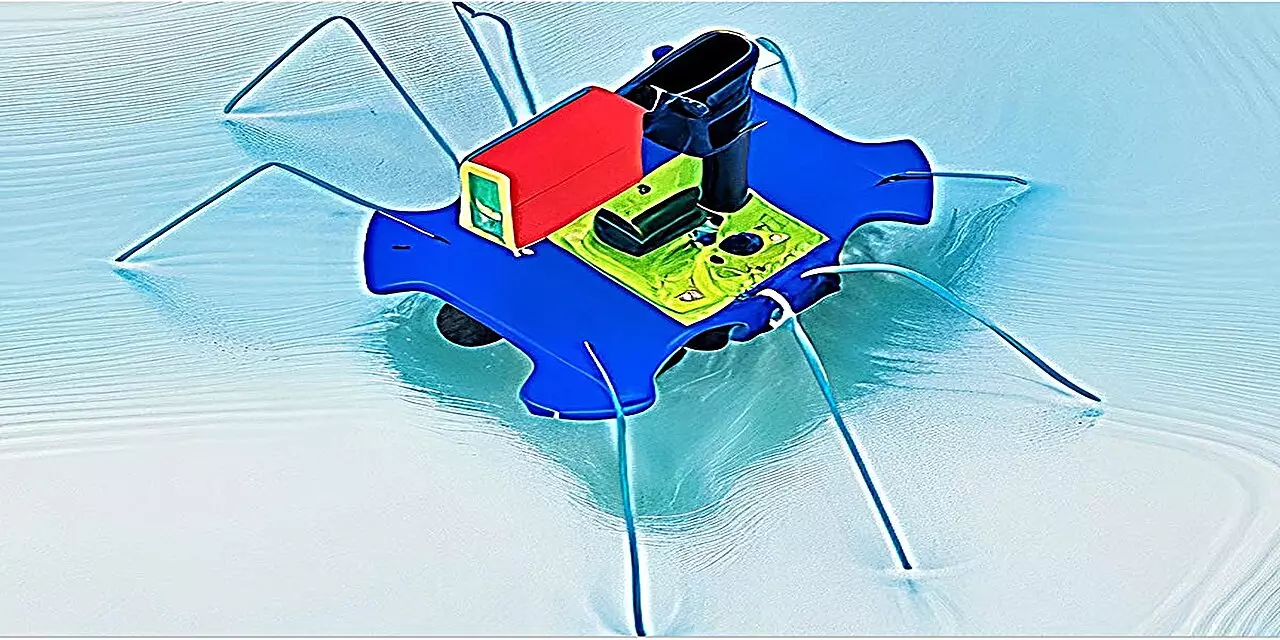Aquatic robotics have the potential to transform the way we collect data in water environments. Researchers at Binghamton University, State University of New York, have developed a self-powered “bug” that can effectively move across water surfaces. This innovation aims to revolutionize aquatic robotics and pave the way for future advancements in the field.
The U.S. Defense Advanced Research Projects Agency (DARPA) has initiated the Ocean of Things program to address the challenges of monitoring aquatic environments. With 71% of the Earth’s surface covered in water, collecting data from these areas poses critical environmental and logistical challenges. The development of self-powered aquatic robots like the one created by the Binghamton University team could potentially provide a solution to these challenges.
Professor Seokheun “Sean” Choi, along with his colleagues Anwar Elhadad and Ph.D. student Yang “Lexi” Gao, have been working on developing bacteria-powered biobatteries with a 100-year shelf life. The self-powered bug designed by the team utilizes similar technology, as it has proven to be more reliable under adverse conditions compared to other energy systems like solar, kinetic, or thermal energy. The bug features a Janus interface that allows nutrients from the water to enter the device and fuel bacterial spore production.
Enhanced Data Collection Capabilities
The self-powered bug is capable of generating close to 1 milliwatt of power, enabling it to operate its mechanical movement and various sensors. These sensors can track essential environmental data such as water temperature, pollution levels, vessel and aircraft movements, and aquatic animal behaviors. Unlike stationary sensors, these aquatic robots can be deployed to any location as needed, enhancing data collection capabilities significantly.
The next phase of research involves identifying the bacteria that can best produce energy under challenging oceanic conditions. While the team initially used common bacterial cells, further studies are required to determine the bacterial composition in different ocean areas. The combination of multiple bacterial cells has shown promise in improving sustainability and power generation in these self-powered robots, pointing towards potential advancements in the field of aquatic robotics.
The development of self-powered bacterial “bugs” represents a significant step forward in the realm of aquatic robotics. These innovative robots have the potential to revolutionize data collection in aquatic environments and address critical challenges associated with monitoring water surfaces. As research continues to evolve, we can expect further advancements in the capabilities and efficiency of these self-powered aquatic robots, opening up new opportunities for environmental monitoring, research, and exploration.


Leave a Reply